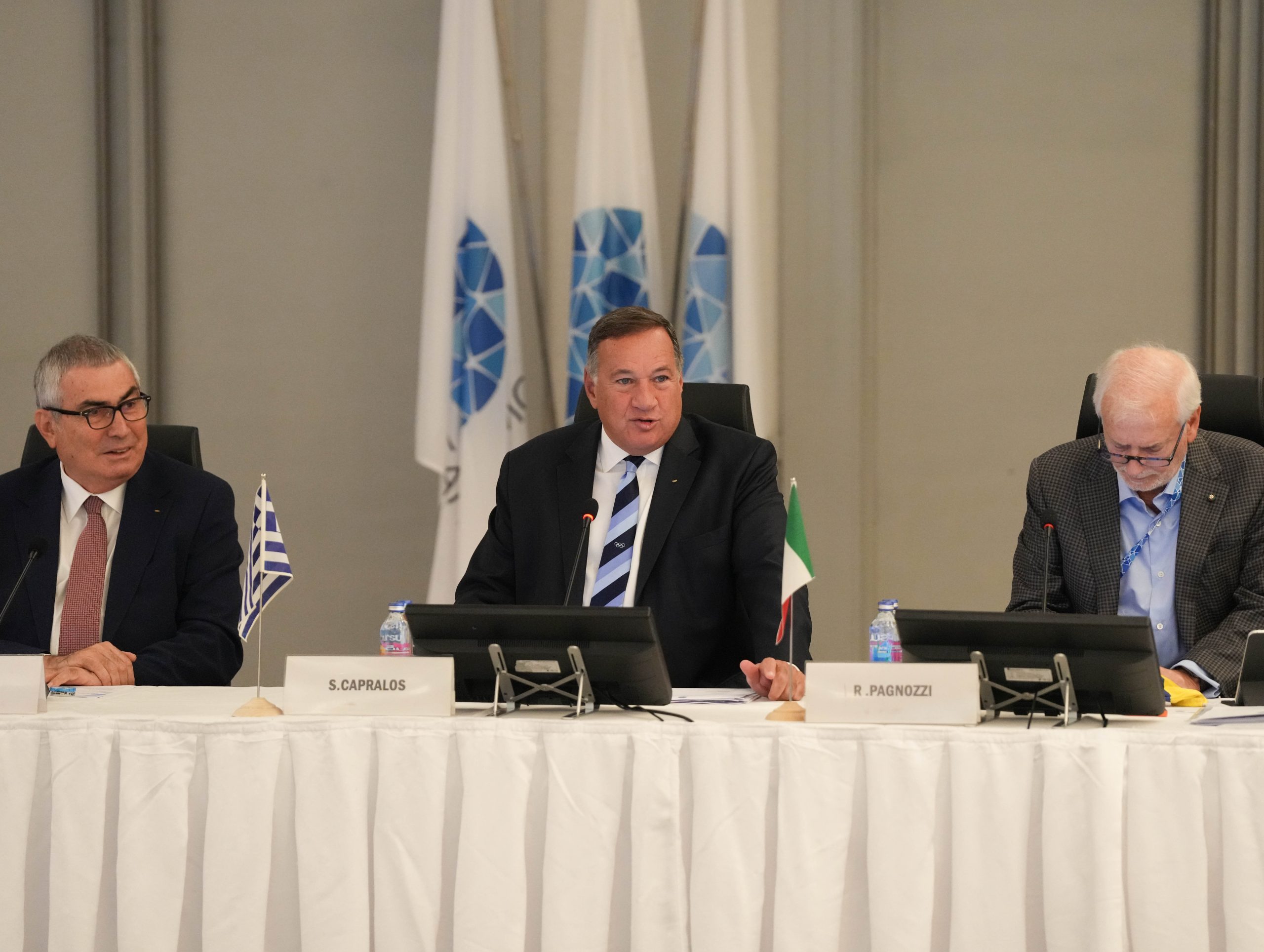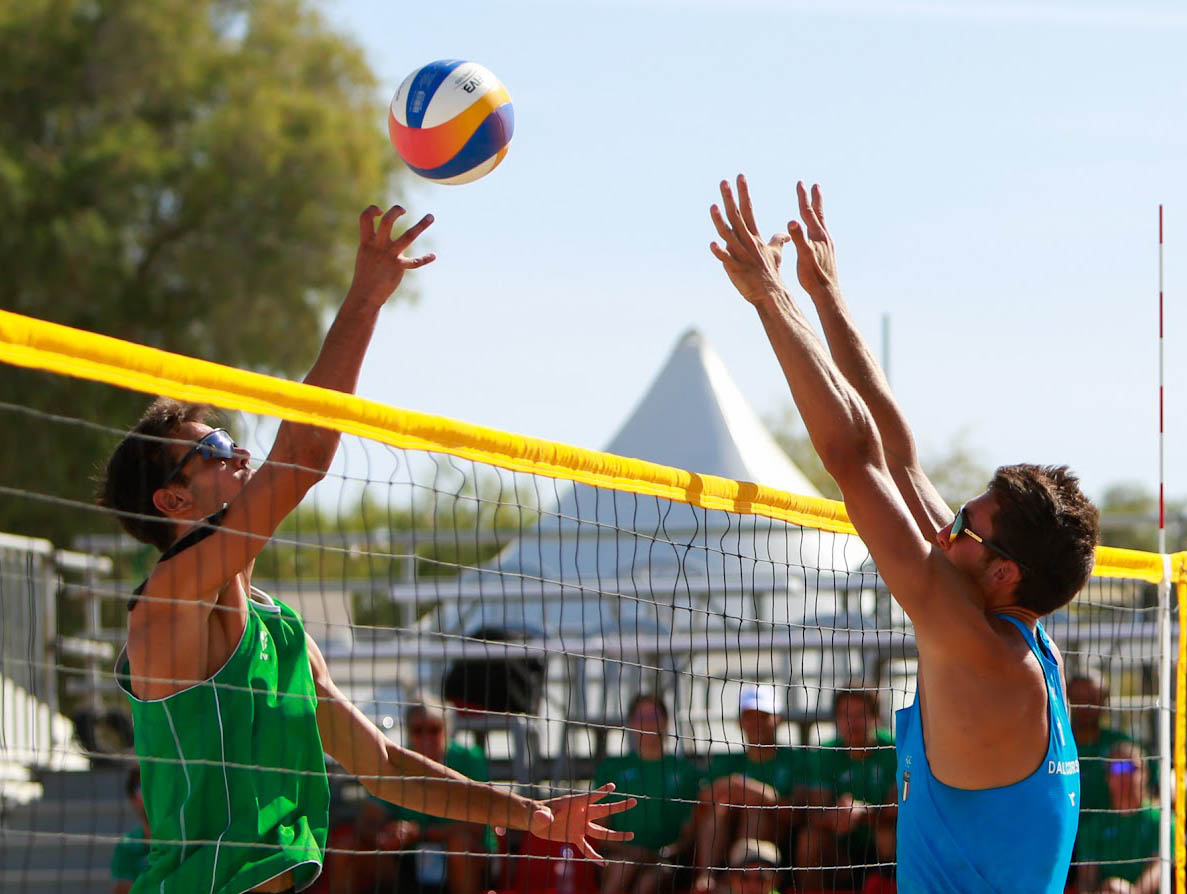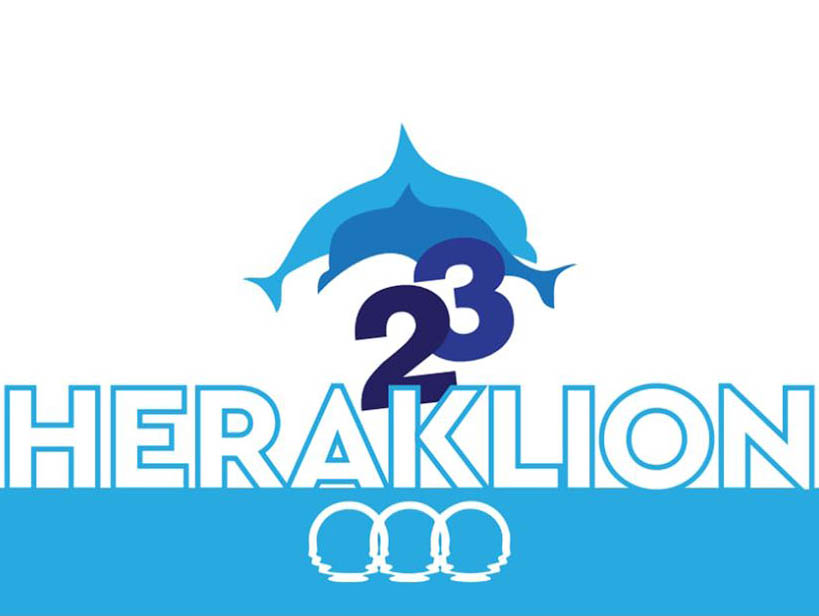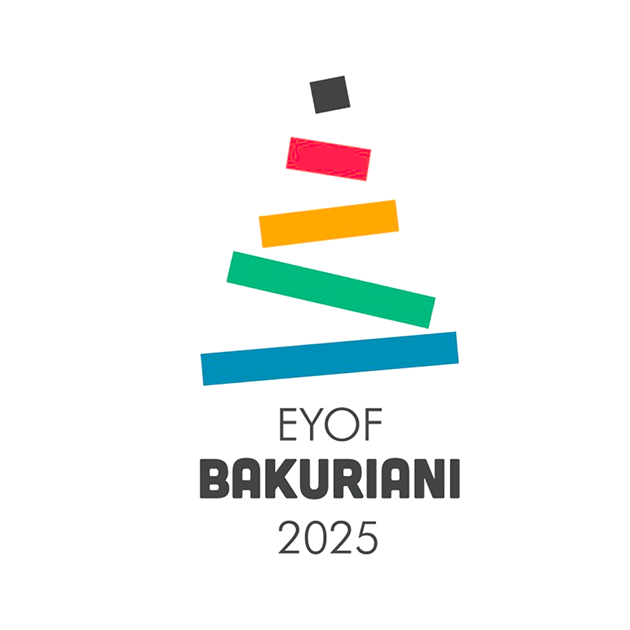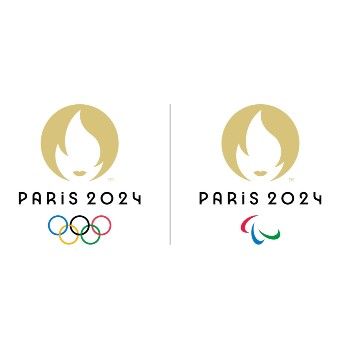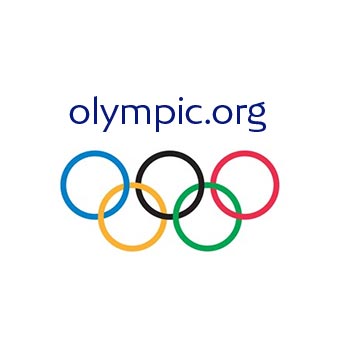1. Contribution of Organised Sports to the Convention
Since the end of February this year the future of Europe has been under discussion in the European Convention. The committee consists of 102 representatives in all from national parliaments, the governments of the Member States as well as the EU institutions. The objective of the Convention is to draft a design for new structures of the European Union by the middle of 2003. This new framework is meant not only to satisfy the needs of the further expansion of the European Union (eastward enlargement), but also to meet the needs of the citizens.
In order to ensure a comprehensive debate with the participation of all citizens, a forum was set up as a discussion platform in which organisations of the civil society could take part. The contributions of the organisation are published on the web page of the forum and influence the debate on the future of Europe.
Organised sport as well has participated in the discussion in the forum. In addition to contributions from the IOC and from ENGSO (European Non-Governmental Sports Organisation) contributions from several national umbrella organisations have been submitted. In the forum documents from Germany (DSB and NOK), France (CNOSF), Austria (BSO) and in the near future Sweden as well (RF) can be read.
The contributions are in agreement in calling for an anchoring of sport in the Treaties of the EU. Every third European is in organised sport. In a “Europe for the Citizens” sport has significant possibilities for effectiveness in areas such as youth, health, the environment, culture and education, as well as in regional policy. Precisely in relationship to the imminent eastward enlargement it can also have an integrating effect.
The efforts of the European sport movement toward recognition of the special nature of sport have been reflected successfully in the Treaties of Amsterdam and Nice. The declarations that have been adopted do not, however, have any obligatory legal character, and sport continues not to be a component of the EU Treaty. Parallel to the development of the EU competences in the last thirty years a change has taken place in sport, on the basis of which certain sport events have gained great significance in an economic respect and in their media impact.
Legislation and policy of the Community influence many varied areas of sport clubs and associations, and have consequences for the organisation, structure and financing of the primarily voluntary structures of amateur and popular sports in Europe.
The sport movement in Europe demands the inclusion of sport in the EU Treaties, on the one hand, through a specific application of EU law, safeguarding the existing sport structures, and on the other hand recognizing sport within the framework of the Community programmes. In this way the sustainable development of sport and the maintenance of the growing socio-political functions of sport could be guaranteed.
http://european-convention.eu.int/forum.asp?lang=EN&Content=
2. Timetable for Eastward Enlargement
On 24-25 October 2002 in Brussels the European Council will announce the candidates that have fulfilled the criteria for accession to membership in the year 2004. At the beginning of October the European Commission submitted its research reports and the strategy paper with its accession recommendations.
According to the current status of the negotiations, Estonia, Latvia, Lithuania, Malta, Poland, Slovakia, Slovenia, the Czech Republic, Hungary and Cyprus have a very good chance of accession to membership in the Community as from 2004. Bulgaria and Romania have decided to attempt membership at a later date, probably 2007.
The Heads of State and Government of all 13 candidate countries will be officially informed concerning the decision of the Council of Brussels at a special summit on 27 October in Copenhagen.
Following this summit the so-called “ratification process” will begin. After the agreement of the European Parliament and the signing of the act of Accession, the Member States will have to ratify the agreement on the enlargement at national level.
One hurdle on the way to the enlargement still has to be taken in the form of the second referendum on the Treaty of Nice in Ireland. After the Irish rejected the Treaty in the first referendum with election participation of only 35%, the second vote is meant to take place on 19 October. The Treaty of Nice contains institutional regulations for the ability to function and the policy abilities of an enlarged Union. A renewed “no” of the Irish would considerably endanger the schedule for the eastward enlargement.
3. Support for Town Twinning 2003
Within the framework of city partnerships the European Commission has called for the submission of new proposals for the year 2003. Events and actions are supported that contribute to bringing different population groups together and strengthening European consciousness. This can be both meetings between citizens from partner towns and local districts and conferences and seminars on town twinning with European themes.
Those eligible to apply include towns and local communities as well as combinations of communities from the Member States of the EU and the candidate countries. The applications must always be made by the inviting town or local district and must include at least two local districts eligible for support, one of which must be in a Member State of the EU.
Preference will be given to meetings involving the participation of local communities from the candidate countries, meetings with small partner districts (fewer than 5000 inhabitants) multilateral meetings, meetings with young people and/or disadvantaged groups. Conferences and seminars proposed by regional authorities should have as their subject town twinning work, international comparisons or cross-border cooperation.
Meetings that primarily serve a tourist programme or sports events are not the goal of this call.
Nonetheless there are starting points for sport: sport clubs are important institutions and partners for the social life of local communities and towns. In the course of cooperative work with a local community event projects could be envisaged that have a connection with sport, for example: What value does sport have in European community life? Sport in the local community as a means of social integration in Europe etc. Clubs, above all those that already have international contacts, could deepen and build on their partnership in the framework of this call for proposals.
Items subsidised are organisational costs, fixed per diem amounts for the invited participants and transport costs. The highest amount of financial help is 20,000 EUR per project, while the minimum contribution is 2,000 EUR. Conferences and seminars are supported with a maximum of 50,000 and a minimum of 2,000 EUR.
Applications must be submitted three to six months before the planned action. For projects that are meant to take place in the first quarter of 2003, the final deadline is 18 October 2002.
http://europa.eu.int/comm/dgs/education_culture/towntwin/index_en.html
4. URBAN II – Project Examples
In the last two issues of the Monthly Report we introduced a few examples of how the Community initiative URBAN can also be used for sport. The following two projects form the conclusion to this brief series.
Dortmund (Germany):
The Hoesch Park in Dortmund, finished in 1941 with a cycle racing track, a running track and an swimming pool, is currently extremely outdated and has broad stretches in wretched condition. The two cinder playing fields are as much in need of renovation as the grass playing field, which can only still be used to a limited extent because of subsidence at the site. The two cycle racing arenas cannot be renovated.
Within the framework of the intensive redesign of this site that is planned, new, attractive offerings for stays will be created, the supply of sport activities will be extended and sport and cultural events will be combined with each other in such a way that visitors will again use the park in increased numbers. In the process the city district, the athletes and other users of the park are meant to be included. Responsibility for the project lies with the city planning office in cooperation with the city sport association as the project manager. The building measures are meant to be completed in two years (2003-2004).
Sambreville (Belgium):
In the Belgian city of Sambreville an amalgamation of public actors and associations is concerning itself with the re-integration of excluded people. With social, cultural and sport offerings all the population groups of the individual city districts will be addressed and outsiders will be drawn in.
Within the framework of the project, through lively contacts the needs of the population will be directly communicated. On this basis a multi-year programme will be worked out that also foresees the use of street workers.
In order to observe the progress of the project, a coordination office will be set up for the numerous youth leaders, class leaders and educators from the cultural, sport and social areas.




